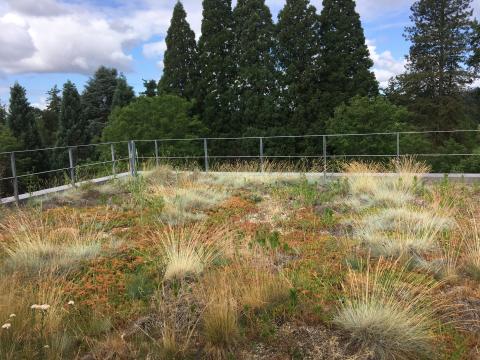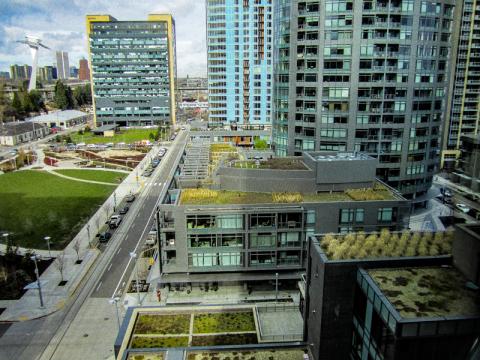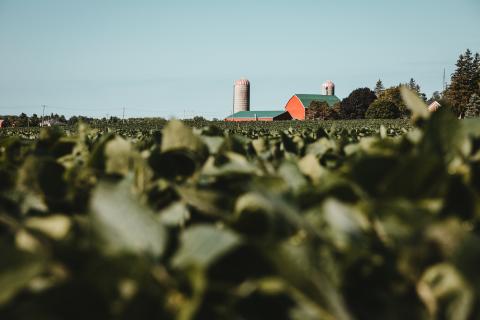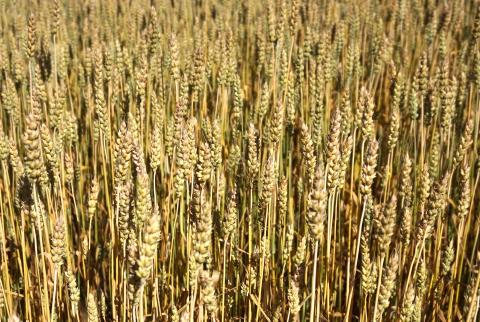“Countries are investing significant public resources to reduce the impact of stormwater runoff,” Amy Ando, study author, said in a statement. “Green roofs are part of that solution because they capture some of the rain that would otherwise end up in sewage systems. Knowing the benefits from investing in green roofs is important for implementing public policies.”
A new study from Reed College in collaboration with the University of Illinois and Portland State University explores the benefits of green roofs and how much Portland residents are willing to pay to increase the number of green roofs across the city.




